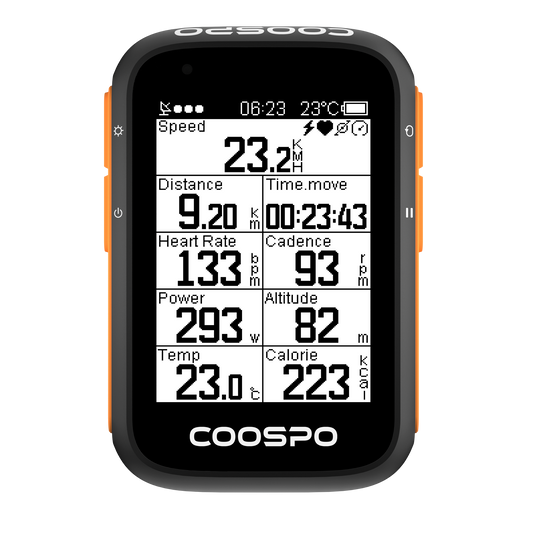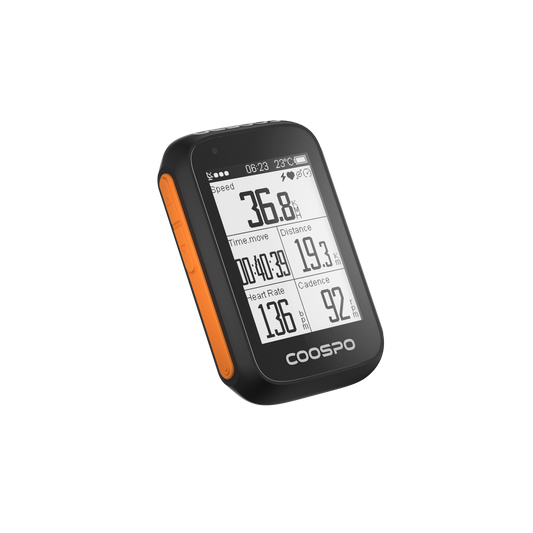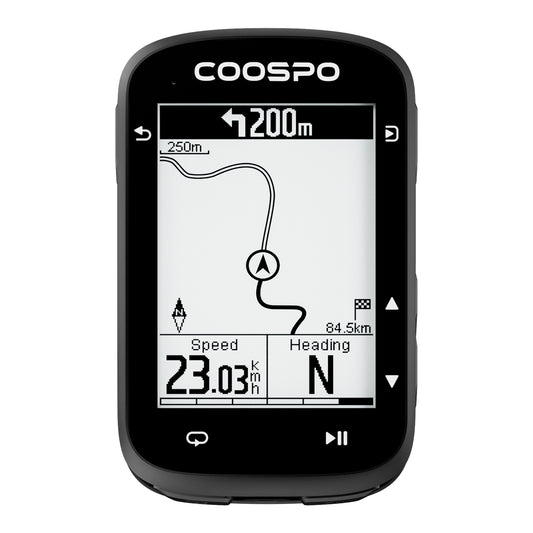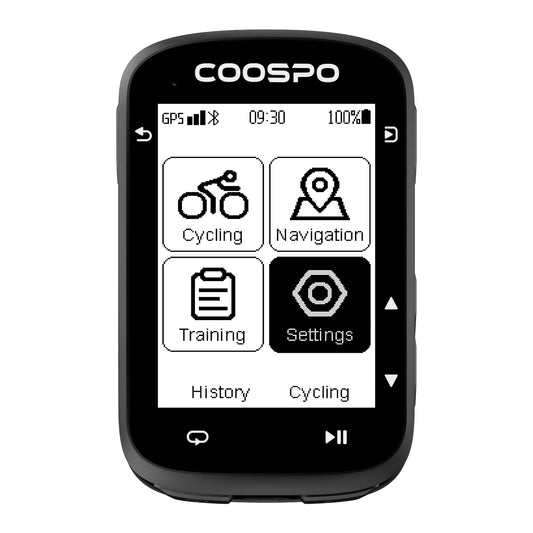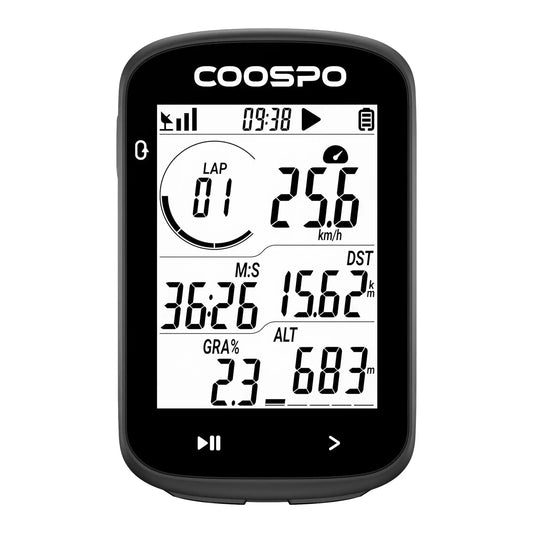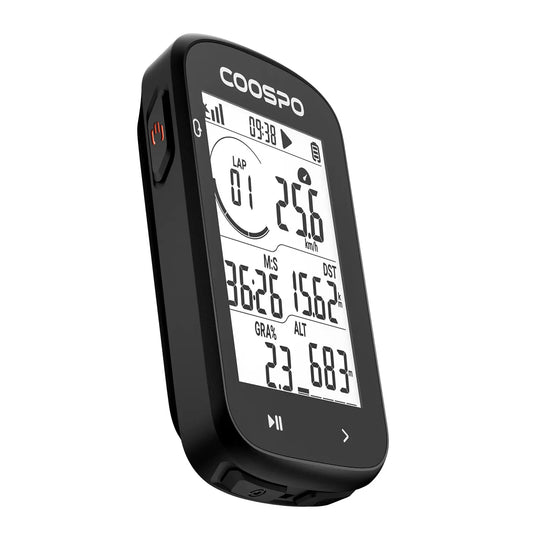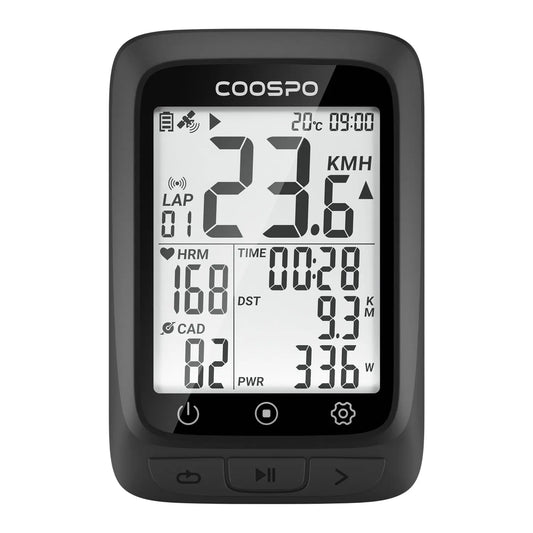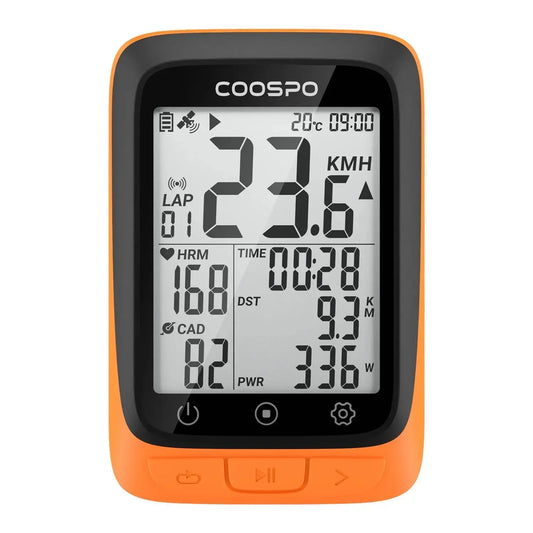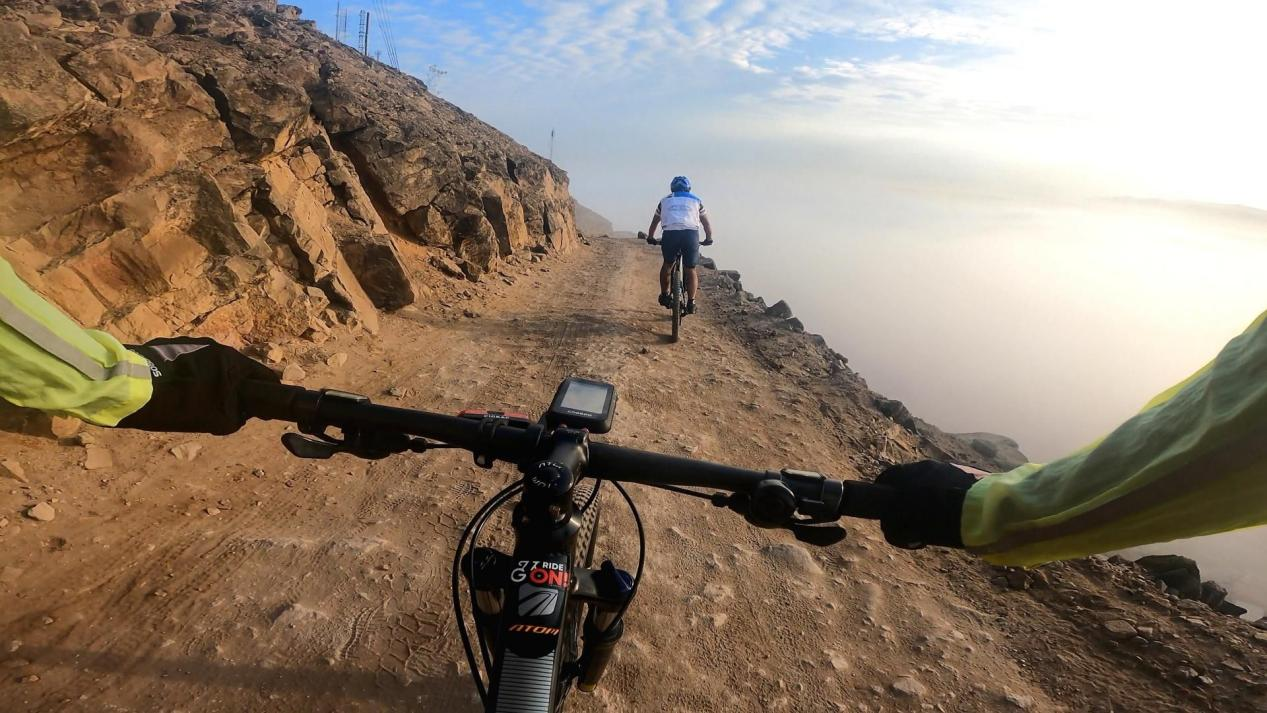Tutto quello che devi sapere sul ciclismo invernale
Mantenere la motivazione per andare in bici in inverno può essere dura quando le temperature scendono e le condizioni diventano difficili. Ma in quelle giornate limpide in cui splende il sole e le strade o i sentieri sono sicuri, il ciclismo invernale offre un'opportunità speciale con vantaggi reali.
Andare in bici d'inverno può aiutarti a risollevare il morale perché gli studi dimostrano che fare esercizio all'aperto può migliorare la salute mentale, alleviando la depressione e riducendo l'ansia. Inoltre, l'esercizio rilascia endorfine, che possono farti sentire più felice. Quindi, l'inverno non deve essere così cupo.

Andare in bici in inverno è un modo esaltante e gratificante per mantenersi attivi e in forma, ma richiede un'attenta preparazione e degli adattamenti per garantire sicurezza e comfort. Che tu stia andando al lavoro, allenandoti o esplorando paesaggi invernali, questi suggerimenti ti aiuteranno a sfruttare al meglio le tue pedalate durante i mesi più freddi.
Stratifica i tuoi vestiti
Rimanere al caldo senza surriscaldarsi è importante per il ciclismo invernale. Il tuo corpo risponde in base alla temperatura corporea, quindi tieni il tuo core caldo.
Vestirsi a strati è l'approccio migliore, in quanto consente di adattare i vestiti in base al livello di attività e al meteo. Inizia con uno strato di base traspirante per tenere il sudore lontano dalla pelle, aggiungi uno strato intermedio isolante e completa con uno strato esterno antivento o impermeabile.
Aspettatevi di sentire un po' freddo mentre vi preparate per la vostra corsa. È importante accogliere quel freddo iniziale. Se vi sentite caldi prima di uscire, probabilmente significa che avete troppi strati addosso. Dovreste sentirvi leggermente freschi mentre vi preparate, il che dimostra che i vostri vestiti sono adatti per quando uscite.
Guidare una bicicletta con una bassa pressione degli pneumatici
Andare in bici d'inverno può essere complicato a causa di strade scivolose, punti ghiacciati o sentieri innevati. Abbassare la pressione degli pneumatici può aiutarti ad avere una migliore presa e a rimanere stabile, rendendo più sicuro pedalare in queste condizioni. Invece di rischiare la tua bici principale, prendi in considerazione di usare quella mountain bike che non tocchi da un po', se ne hai una.
Per avere un controllo migliore sulla neve, usa la pressione più bassa che non causerà una foratura da pizzicamento. A seconda di quanto pesi, potresti riuscire a scendere fino a 15 psi o anche meno. Assicurati di testare la pressione degli pneumatici in autunno, così sarai preparato e non dovrai avere a che fare con le gomme a terra durante l'inverno.

Avere una buona pompa dell'aria è importante per effettuare regolazioni rapide durante la pedalata. Pompa ad aria Coospo AP-B1 è un'ottima scelta per il ciclismo invernale. È piccolo e facile da trasportare, si adatta perfettamente alla borsa o alla tasca, e offre anche ottime prestazioni per gonfiare rapidamente gli pneumatici. Che tu debba regolare la pressione degli pneumatici o riparare una gomma a terra, l'AP-B1 ti tiene pronto per la tua pedalata.
Prova a usare le gomme più larghe che si adattano alla tua bici. Se vuoi una migliore aderenza sul ghiaccio, prendi in considerazione l'idea di acquistare gomme chiodate.
Lava spesso la tua bici
Guidare la bici nel fango e nella neve la espone ad acqua salata e sporca, che può causare ruggine e danni nel tempo. Per mantenere la bici in buone condizioni, è importante lavarla bene o almeno asciugarla o sciacquarla dopo ogni giro. Usa acqua calda e un detergente per bici per lavare via sporco e polvere. Presta particolare attenzione alla trasmissione, ai freni e ai deragliatori, poiché queste parti necessitano di una pulizia accurata per funzionare correttamente.
Lubrifica la catena dopo ogni lavaggio per evitare che si secchi o arrugginisca. "Una bici pulita è una bici felice", afferma la meccanica professionista di bici Sarah Fielding. "Manutenere la bici in inverno non è solo una questione di estetica; è anche mantenerla funzionale e sicura".
Mantieni calde le mani e i piedi
Mani e piedi freddi possono rovinare qualsiasi piacevole passeggiata.Spesso le mani e i piedi si raffreddano per primi perché il corpo cerca di mantenere caldo il core. È importante avere guanti isolanti e potresti prendere in considerazione i guanti stile aragosta per un calore aggiuntivo. Per i piedi, calze termiche con copriscarpe o stivali da ciclismo invernali sono molto efficaci.
Gli scaldamani ad aria sono convenienti e forniscono calore a guanti e scarpe. Acquista una scatola e tienili in macchina o nello zaino, e assicurati di averne un po' di più per gli amici che potrebbero non averne portato. Alcuni di questi scaldamani possono durare fino a 10 ore, quindi puoi riutilizzarli sulla via del ritorno a casa dopo il tragitto mattutino.
Ricordati di portare con te dell'attrezzatura extra
Il meteo invernale può essere imprevedibile. Assicurati di portare con te oggetti importanti come un paio di guanti di ricambio, una giacca calda e camere d'aria di scorta o toppe per pneumatici a terra. L'attrezzatura bagnata o congelata può rendere scomoda la pedalata, quindi avere dei backup ti aiuta a essere pronto.

Inoltre, porta luci, un multi-utensile e degli snack. Le uscite invernali bruciano più calorie perché il corpo lavora di più per stare al caldo, quindi mantieni alti i livelli di energia con barrette o gel ad alto contenuto calorico. Per rimanere in linea con i tuoi obiettivi di performance, considera di usare un Computer da bici Coospo per la navigazione in tempo reale e il monitoraggio dei dati. Abbinalo al HW9 fascia cardiofrequenzimetro per monitorare con precisione la frequenza cardiaca, anche in condizioni di freddo.
Usa ciò che già possiedi
Se sei alle prime armi con il ciclismo invernale, non devi acquistare subito tutta l'attrezzatura nuova. Molti articoli, come i collant da corsa, i guanti da sci o gli scarponi da trekking, possono essere riutilizzati per il ciclismo.
Non c'è molta ragione di spendere molto per nuovi equipaggiamenti per il ciclismo se sei già appassionato di sci. I guanti da sci possono tenere le mani al caldo mentre vai in bici, ma potrebbero rendere più difficile usare le dita. Un casco da sci può tenere la testa più calda di un casco da bici con prese d'aria. Fai solo attenzione a non sforzarti troppo, o potresti finire per avere troppo caldo.
Bere da un thermos
Le uscite invernali possono essere fredde, ma è importante ricordare che il corpo suda comunque, quindi è necessario rimanere idratati. Le normali bottiglie d'acqua possono congelare, soprattutto durante le uscite lunghe. Per stare al caldo, pensa a portare una bevanda calda come brodo o caffè. Gustare una bevanda calda quando inizi a sentire freddo ti aiuterà a rimanere idratato e a riscaldarti dall'interno, rendendo la tua uscita più piacevole.
Guidare con i parafanghi
I parafanghi sono essenziali per il ciclismo invernale perché aiutano a impedire che fango, neve e fanghiglia schizzino sui vestiti e sulle parti della bici. I parafanghi a tutta lunghezza offrono la migliore protezione, specialmente per chi va al lavoro o pedala su strade bagnate.
Investire in un buon set di parafanghi fa risparmiare tempo nella pulizia e assicura una pedalata più confortevole. Come dice l'allenatore di ciclismo Jamie Spencer, "I parafanghi sono un piccolo investimento con un grande vantaggio: ti mantengono asciutto, pulito e concentrato sulla pedalata".
Rimani visibile nell'oscurità
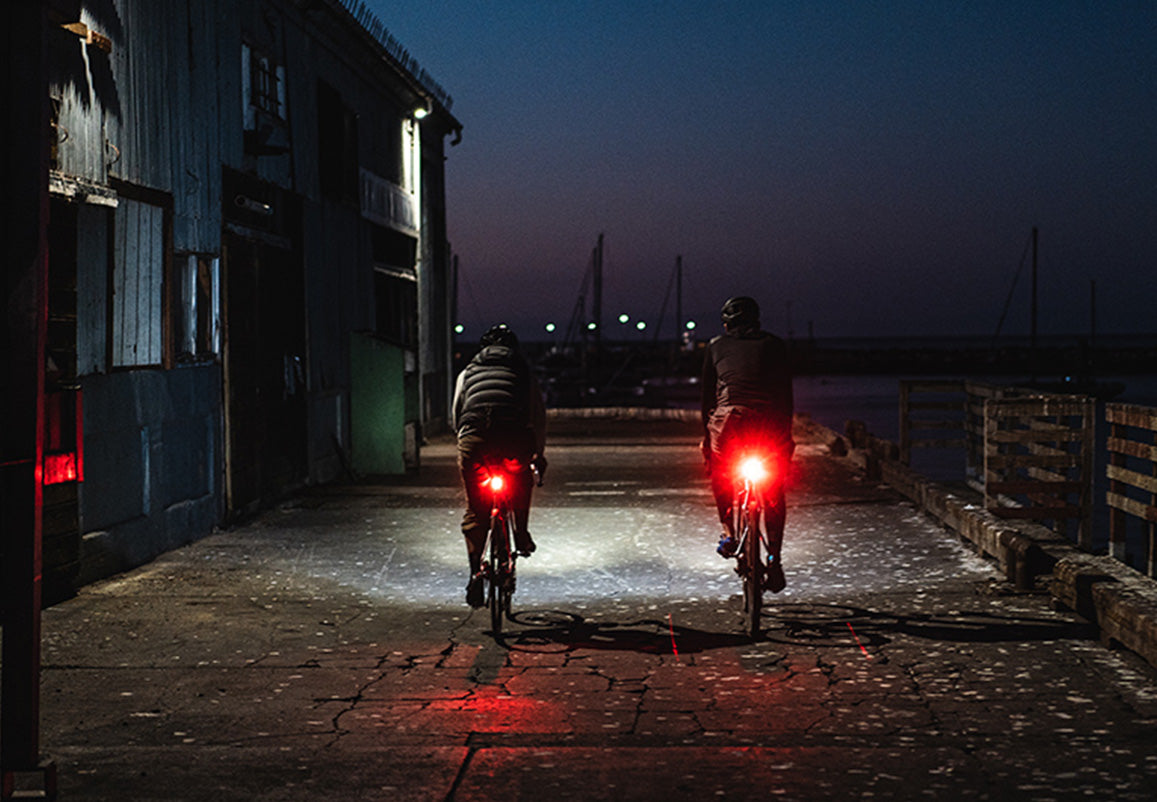
Le giornate invernali sono più corte e il maltempo può rendere difficile la visibilità. Tieni sempre una piccola luce ricaricabile per bici sul manubrio anteriore, soprattutto se pensi di fermarti troppo a lungo in una sosta per un caffè. È anche una buona idea procurarsi una luce posteriore luminosa per assicurarti che gli automobilisti ti vedano sulla strada. Anche indossare indumenti riflettenti può aiutare.
Proteggi la tua pelle
Anche in inverno, è importante mettere la protezione solare su qualsiasi parte della pelle esposta, come il viso, quando si esce durante il giorno. Ciò è particolarmente importante quando c'è neve, perché la neve può riflettere quasi il 90 percento dei raggi UV.
Andare in bici in inverno può davvero seccare la pelle. Per aiutare a mantenere la pelle idratata, puoi usare prodotti come la protezione solare, la crema idratante o anche la vaselina.Non dimenticare di usare anche il balsamo per le labbra!



